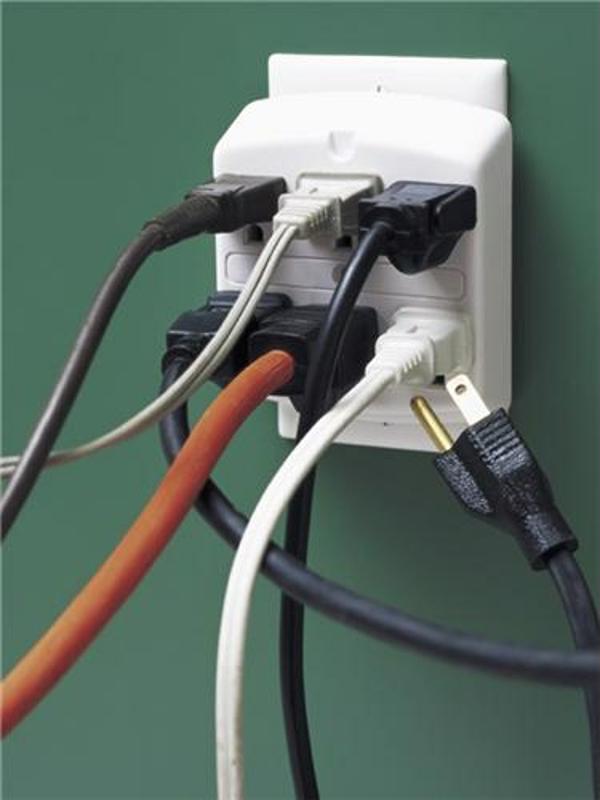
Choosing the right surge protector could safeguard some of your most expensive electronics.
Surge protectors come in various styles, shapes and sizes. Most people use them for high electrical volume areas such as around a television entertainment center or by an office desk. Most people have some variation of a surge protection in their home, but they might not realize the piece of equipment they have is not fully protecting their devices.
To help you with making the right decision, here are five tips for picking the perfect surge protector:
1. Know your joules
While a surge protector can help prevent electrical fires and ruined devices from a power surge, it's also necessary to know how much your strip can protect. Joules are a way for surge protectors to show how much they can protect. For example, if a device has at least 1,000 joules of protection, the surge protector can guard devices from a single 1,000 joule power surge hit or 10 separate 100 joule hits.
The best way to shop for a top of the line surge protector is to invest in more joules. Check the surge protectors list of information to see how many hits or the total amount of joules your surge protector can take.
2. Know the difference between power strip and surge protector
One of the biggest mistakes people make is thinking all power strips are surge protectors. However, that's not the case. A power strip is simply an expansion of a single electrical outlet that provides numerous outlets. While this piece of equipment can help you get the same multi access outlet features that a surge protector provides, a power strip actually only safeguards circuit overloads.
 It's important to know what surge protector will effectively protect your devices.
It's important to know what surge protector will effectively protect your devices.Essentially, a power strip only protects your fuse box and internal home circuit system. On the other hand, it does not protect your devices from power surges like a surge protector would. Products are clearly marked whether they protect your devices or if they simply allow more outlets. Because surge protectors often have warranties and offer more protection, this equipment is ideal to invest in.
3. How will you use the surge protector?
An important question to ask yourself is how you will be using the surge protector. Consider the equipment you'll plug into the surge protector because many HD televisions and high-wattage entertainment centers might need a more durable surge protector.
For things like a lamp, alarm clock, night light or scented plug-in, you might not need as strong of a device. It's also necessary to think about what items you will plug into the surge protector. Stronger surge protectors could help protect computers, printers or phone chargers that require a high amount of electricity, but could also be costly to repair if damaged.
4. Surge protectors need to be replaced
Even the highest quality surge protection device will someday have to be replaced. Because surge protectors take on unnoticeable power surges all the time, the equipment wears down. Over time, these devices will start to be all-around less effective. Consider replacing surge protectors if a storm knocks out your power, or every few storm seasons where this happens.
5. Choose a surge protector that shows when it's protected
Many surge protectors available today have a light indicator that not only show you when your devices are protected, but also offer additional features like USB charging for your mobile devices. Once the light comes on, you know you're protecting your valuable devices from power surges, spikes or lighting strikes.
